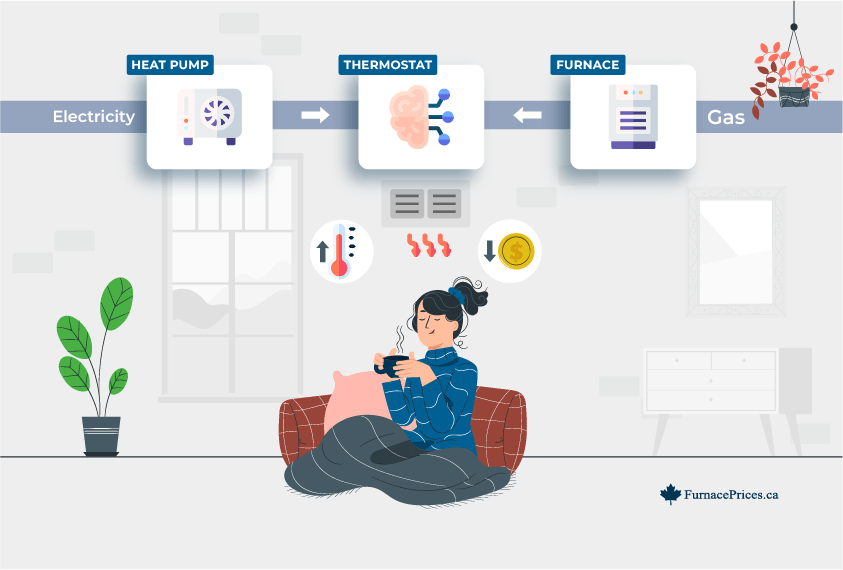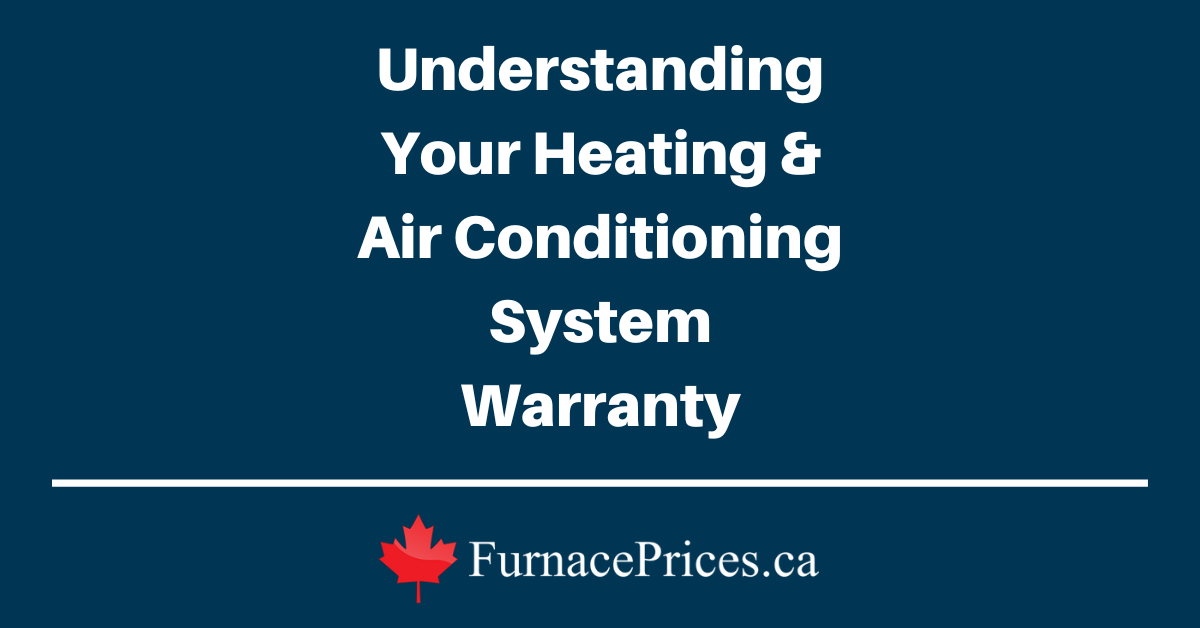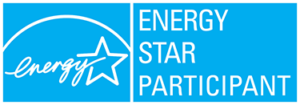What is a Hybrid Heating System?
What Are The Components Of A Hybrid System?
- A traditional furnace: This is a gas or oil furnace which provides powerful heating during any weather.
- A heat pump: The heat pump extracts heat from the outdoor air and transfers it into your home. It operates efficiently in temperatures down to between -5°C and -25°C (depending on the model).
- A duct system: The warm (or cold) air is distributed throughout your house via a network of ducts, which start at the hybrid equipment and extend to each of the heated spaces.
- A smart thermostat: The thermostat monitors indoor and outdoor temperatures. It controls the transition between the furnace and the heat pump to optimize energy efficiency and comfort by assessing the current furnace fuel and electricity prices, indoor and outdoor temperatures, and equipment performance characteristics.
How Does Hybrid Heating Work?
Hybrid Heating System Pros
Energy Efficiency
Cost Savings
Environmental Benefits
Comfort and Consistency
Hybrid Heating System Cons
Initial Cost
Installation Complexities
Maintenance and Repairs
Get Quotes
How soon are you looking to buy?*



How Much Does A Hybrid Heating System Cost?
Furnaces vs. Heat Pumps vs. Hybrid
Furnaces
Heat Pumps
Hybrid Heating Systems
When Does a Hybrid System Make Sense?
Hybrid heating systems can offer a practical and cost-effective solution to homeowners in several areas:
Do you live in a place where the temperature changes over a wide range?
If you live in an area of Canada where the temperature varies from hot to very cold, a hybrid system optimizes energy usage yet keeps your home comfortable over the entire range.
Do local laws and incentives encourage energy efficiency?
Many provinces and territories in Canada have implemented incentives and regulations to promote energy efficiency. Hybrid systems often qualify for rebates and other financial incentives, making them more attractive to eco-conscious homeowners.
Does dry, hot heat in the winter impact your personal comfort?
Traditional furnaces tend to create a dry indoor environment during the winter, which can lead to discomfort and health issues. The heat pump helps maintain proper humidity levels, improving overall comfort.
How Can A Hybrid Heat System Save You Energy and Money?
A hybrid heating system is designed to maximize energy efficiency and cost savings. Here’s how it accomplishes this:
1. Efficient Use of Energy.
During mild weather, when using a furnace may be overkill, the heat pump operates, transferring heat from the outside to the inside of your home.
This process consumes less energy than burning fossil fuels or using electric resistance heating, giving you lower energy bills.
2. Adaptive Heating.
The smart thermostat uses the heat pump, the most energy-efficient heating source, whenever possible. It monitors outdoor temperatures and automatically switches to the furnace only when necessary to maintain comfortable indoor temperatures.
3. Reduced Carbon Footprint.
Using the heat pump minimizes the furnace’s consumption of fossil fuels, which produces more greenhouse gas emissions than the electricity driving the heat pump. This eco-friendly approach aligns with Canada’s commitment to environmental sustainability and can help homeowners reduce their carbon footprint.
4. Long-term Savings.
While the initial cost of a hybrid system can be higher, the potential for long-term savings on energy bills makes it a cost-effective choice. In colder regions, these savings can be substantial.
Frequently Asked Questions

How efficient is a hybrid in winter?
Hybrid heating systems are highly efficient in winter, as they combine the strengths of a traditional furnace with a heat pump.
During milder weather, the heat pump operates efficiently, reducing energy consumption, environmental impact, and costs. When outdoor temperatures drop significantly, the furnace takes over, providing powerful and reliable heating.
The smart thermostat switches between them to optimize energy efficiency.
What is involved in its installation?
The installation of a hybrid heating system can be more complex than that of a traditional heating system. The furnace is a single unit, whereas the heat pump has both indoor and outdoor components.
The furnace and the indoor component of the heat pump are connected to the ducting system. Two pipes run between the heat pump’s indoor component and an outdoor component.
It’s important to choose high-quality and energy-efficient components to ensure the system’s effectiveness. Some well-known manufacturers of hybrid heating systems include Trane, Carrier, Lennox, and Bryant.
Proper installation is essential to ensure the system functions optimally. It’s recommended to hire a qualified HVAC technician with experience in hybrid systems to handle the installation.
Conclusion
In conclusion, hybrid heating systems offer numerous advantages for homeowners in Canada, including energy efficiency, cost savings, environmental benefits, and improved comfort.
However, they come with some drawbacks, such as the initial cost and increased maintenance requirements.
Whether a hybrid system is the right choice for your home depends on factors like local climate, regulations, and personal preferences. I
If you’re considering a hybrid system, consult with a qualified HVAC professional to assess your specific needs and make an informed decision about the best heating solution for your home.
[gk1]Illustration: A furnace (labeled box) with and arrow showing gas going into it, plus sign a heat pump (labeled box)with an arrow showing electricity going into it plus sign a brain (labeled thermostat), with an arrow going a person somehow showing comfort and $ savings.
Get Quotes
How soon are you looking to buy?*















